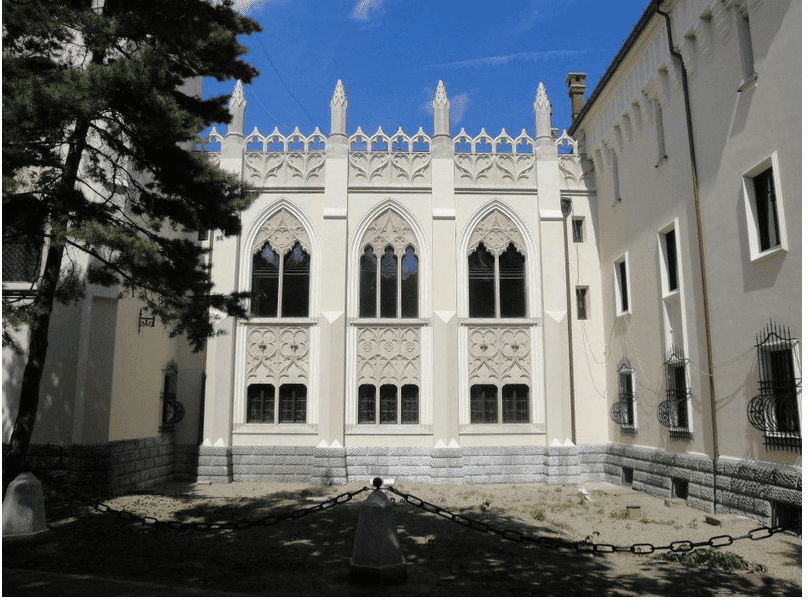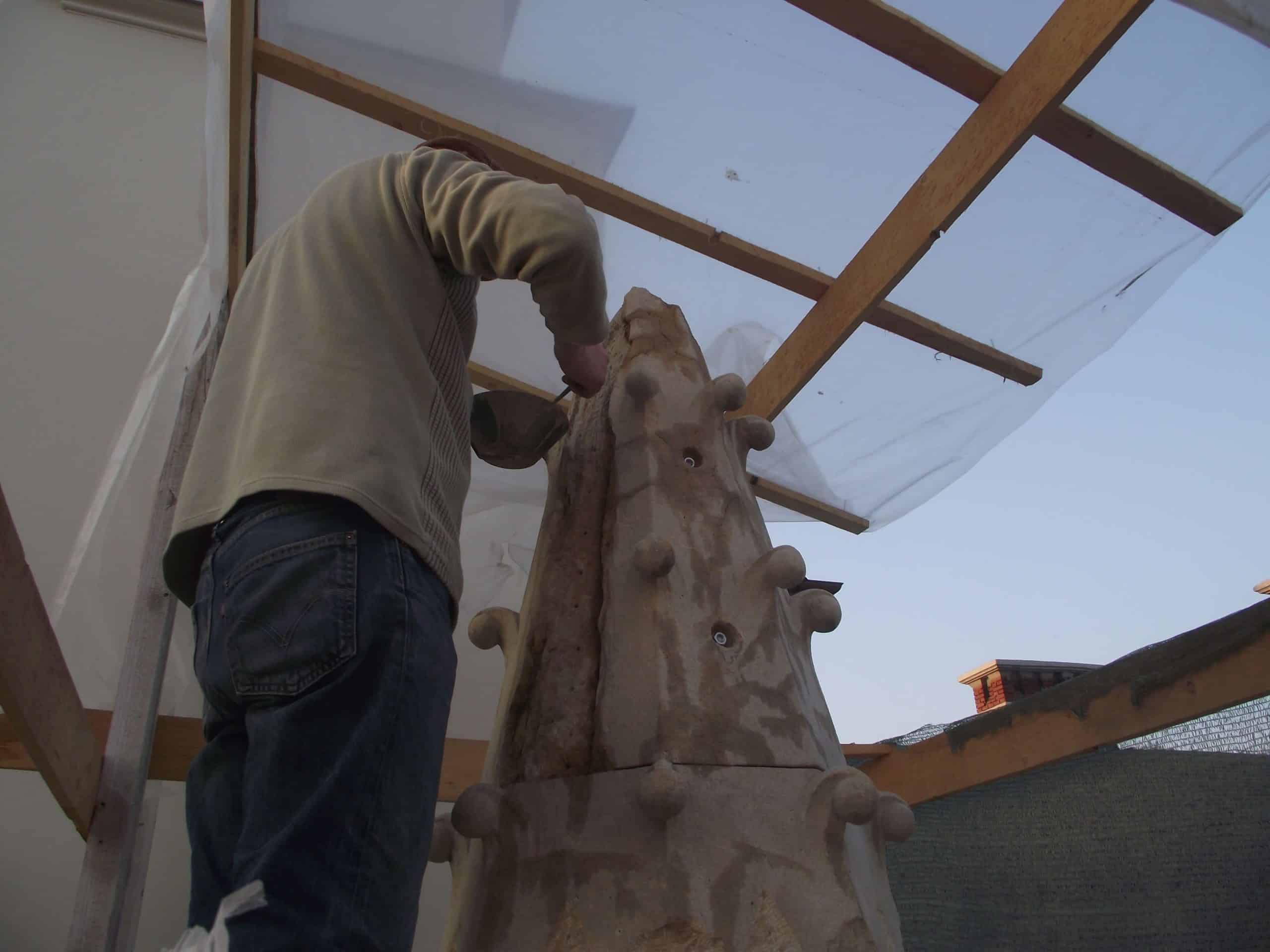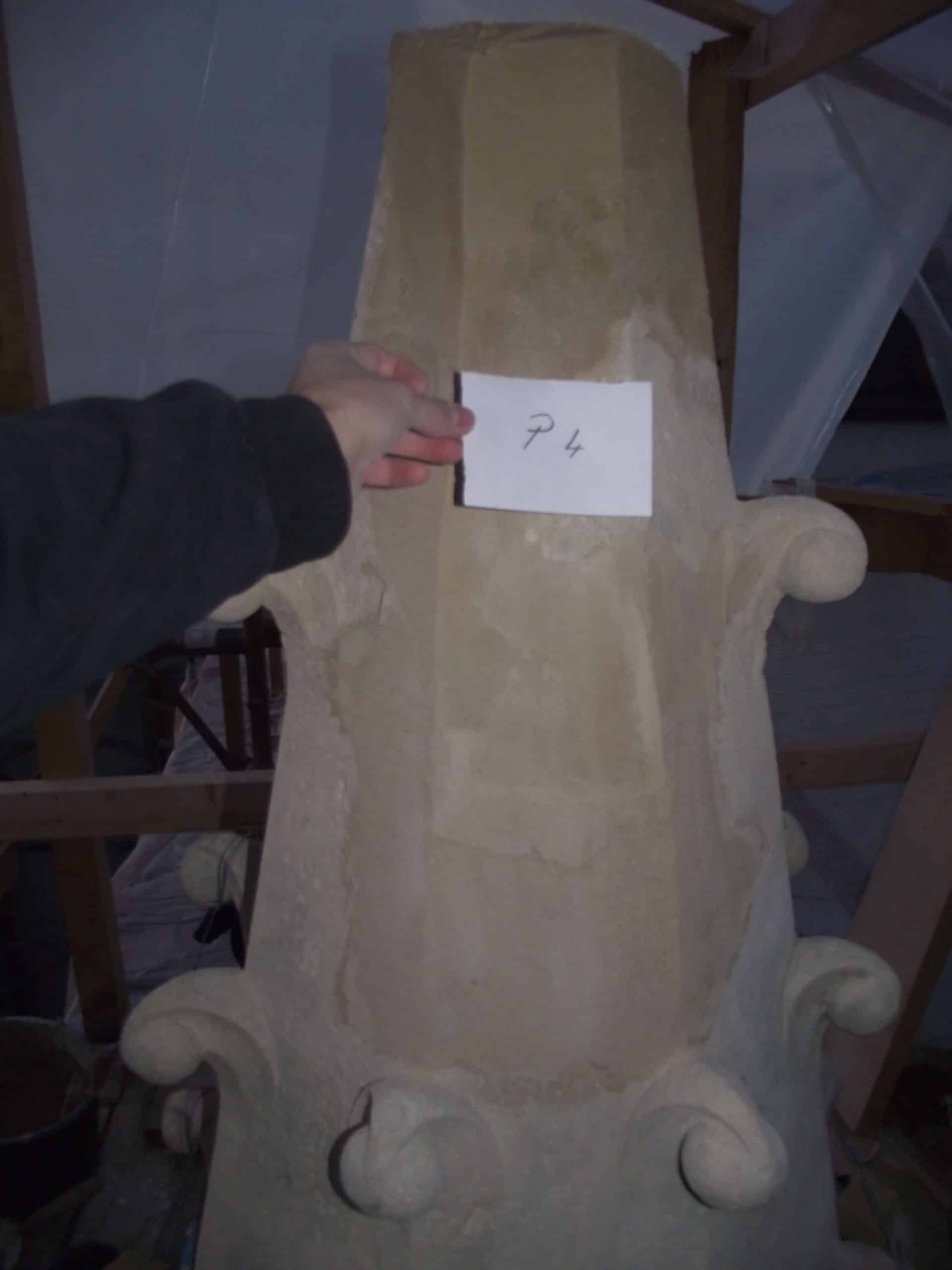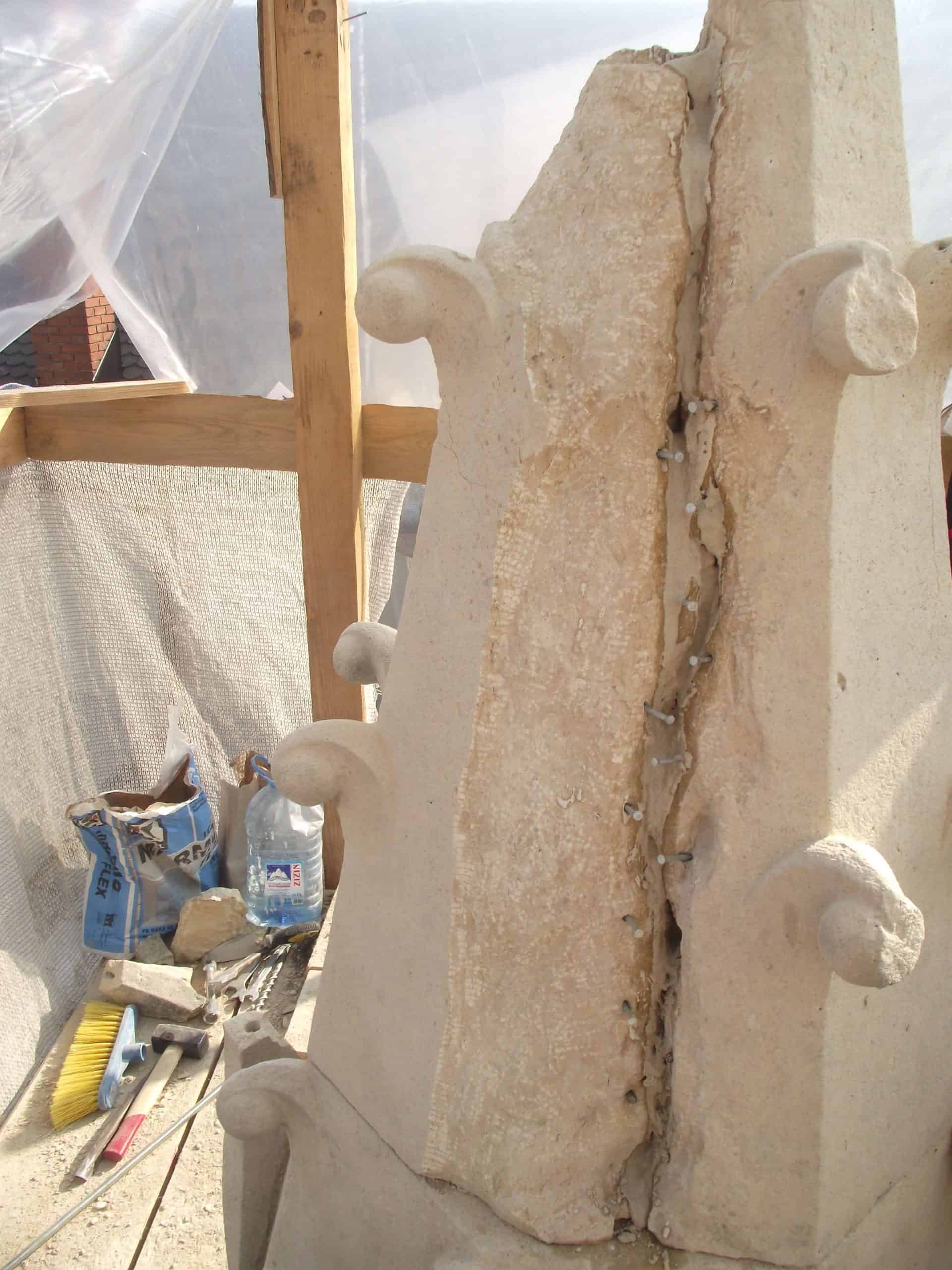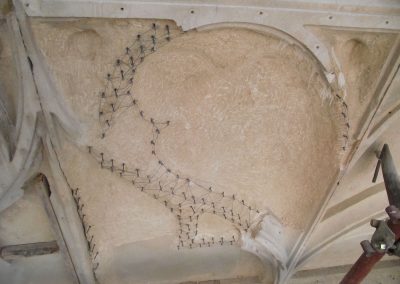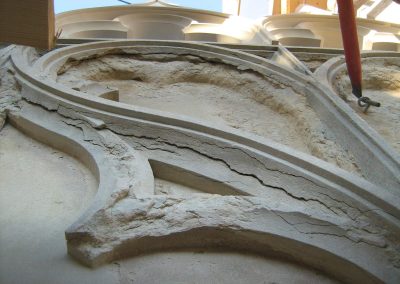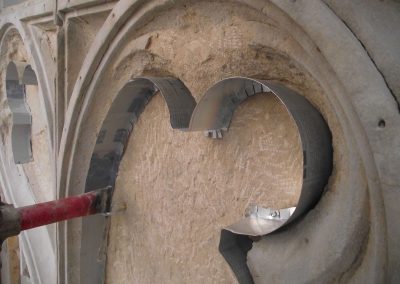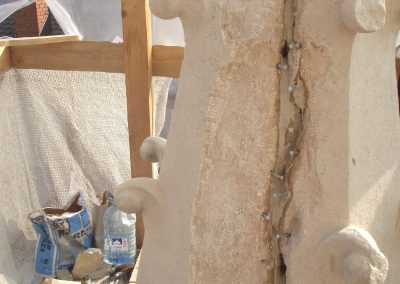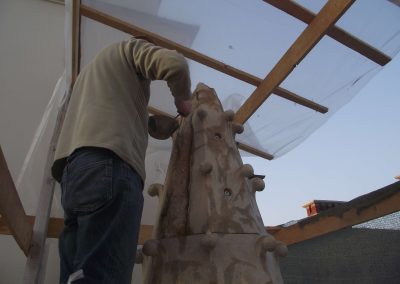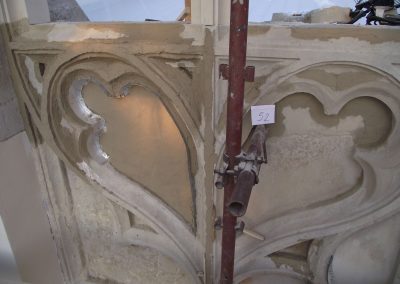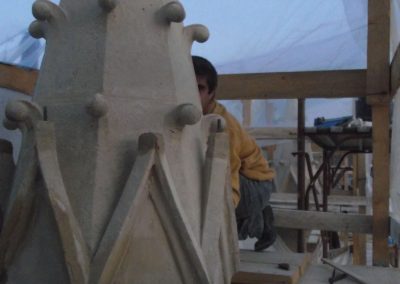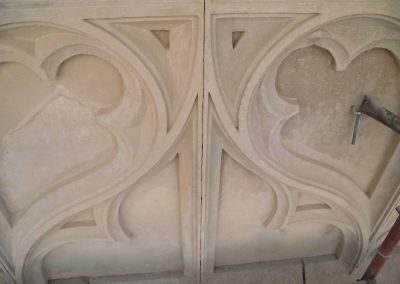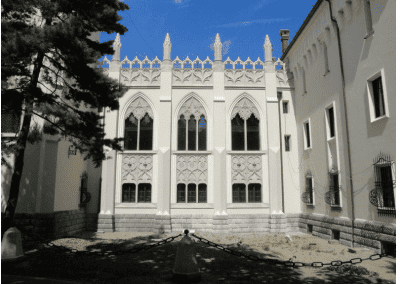Description: Restored Castle in Austria from late 15th century
Restoring a castle from the 15th century in Austria by reconstructing the destroyed or missing architecture is an ambitious project that requires careful planning, research, and collaboration with experts in historical architecture. Here are some steps you can consider for the restoration process:
- Documentation and research: Begin by thoroughly researching the castle’s history, architectural style, and original design. Gather as much information as possible through historical records, photographs, and any existing architectural plans.
- Architectural survey: Conduct a detailed survey of the castle’s current condition, identifying the areas that require restoration. Document the existing structures and note any missing or damaged architectural elements.
- Historical accuracy: Aim for historical accuracy in your restoration efforts. Consult with architectural historians and experts to ensure that your reconstruction plans align with the castle’s original design. This may involve analysing historical drawings, architectural treatises, or similar structures from the same time period.
- Architectural design: Work with architects and historical preservation specialists to create accurate designs for the missing or damaged architectural elements. Pay attention to the original materials, construction techniques, and decorative features to maintain authenticity.
- Construction and craftsmanship: Working with skilled craftsmen, artisans, and restoration experts experienced in working with traditional materials and techniques. Ensure they have a deep understanding of historical construction methods to achieve the desired results.
- Structural stability and safety: Prioritise the structural stability and safety of the castle during the restoration process. Engage structural engineers and conservation experts to assess and reinforce the existing structures as necessary, ensuring compliance with modern safety standards.
- Preservation versus reconstruction: Determine which elements should be preserved as they are and which can be reconstructed. Sometimes, preserving the original ruins or damaged sections can provide valuable historical context and authenticity.
- Monitoring and maintenance: Once the restoration is complete, establish a monitoring and maintenance plan to ensure the castle’s long-term preservation. Regular inspections, conservation treatments, and ongoing maintenance will help sustain the restored architecture for future generations.
Remember that each restoration project is unique, and it’s crucial to adapt these steps to the specific requirements and conditions of your castle. Collaborating with experts in historical restoration and preservation will greatly enhance your chances of successfully reconstructing and preserving the castle’s 15th-century architecture.


